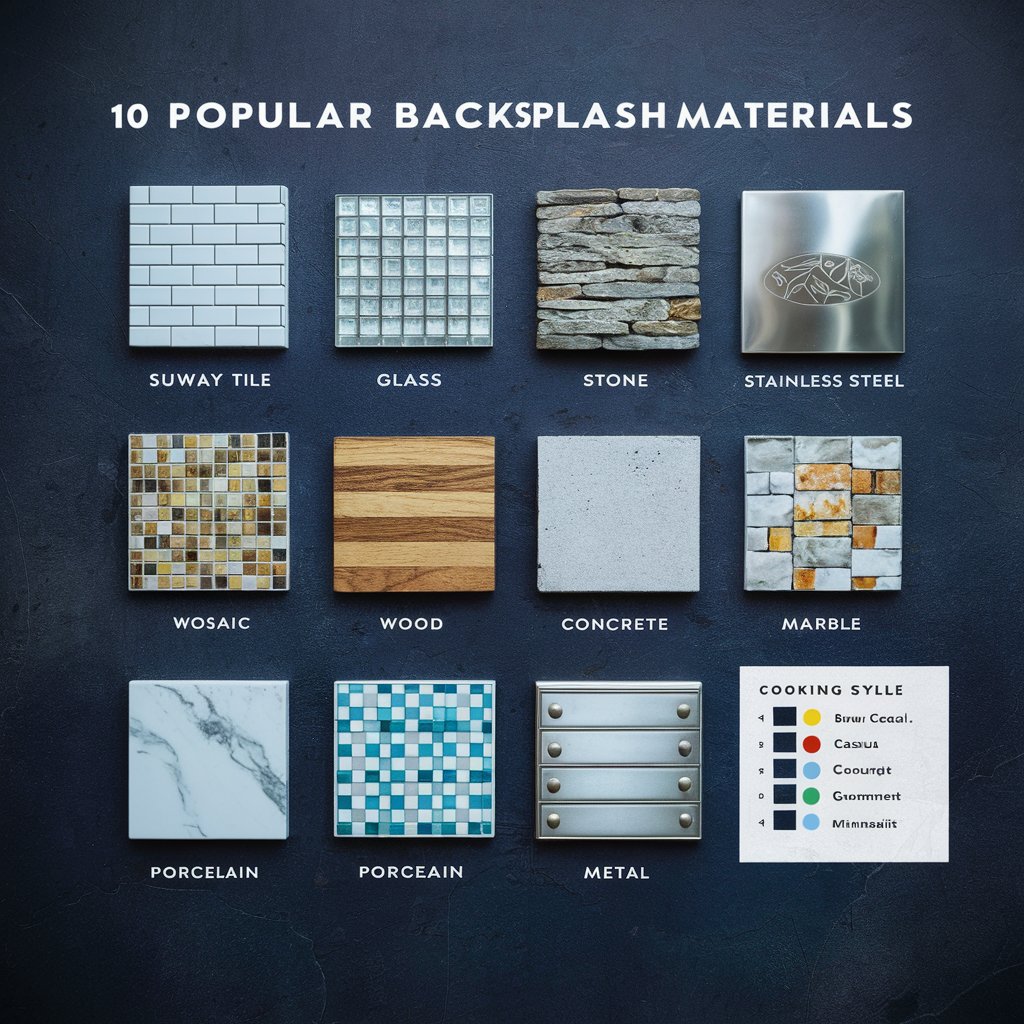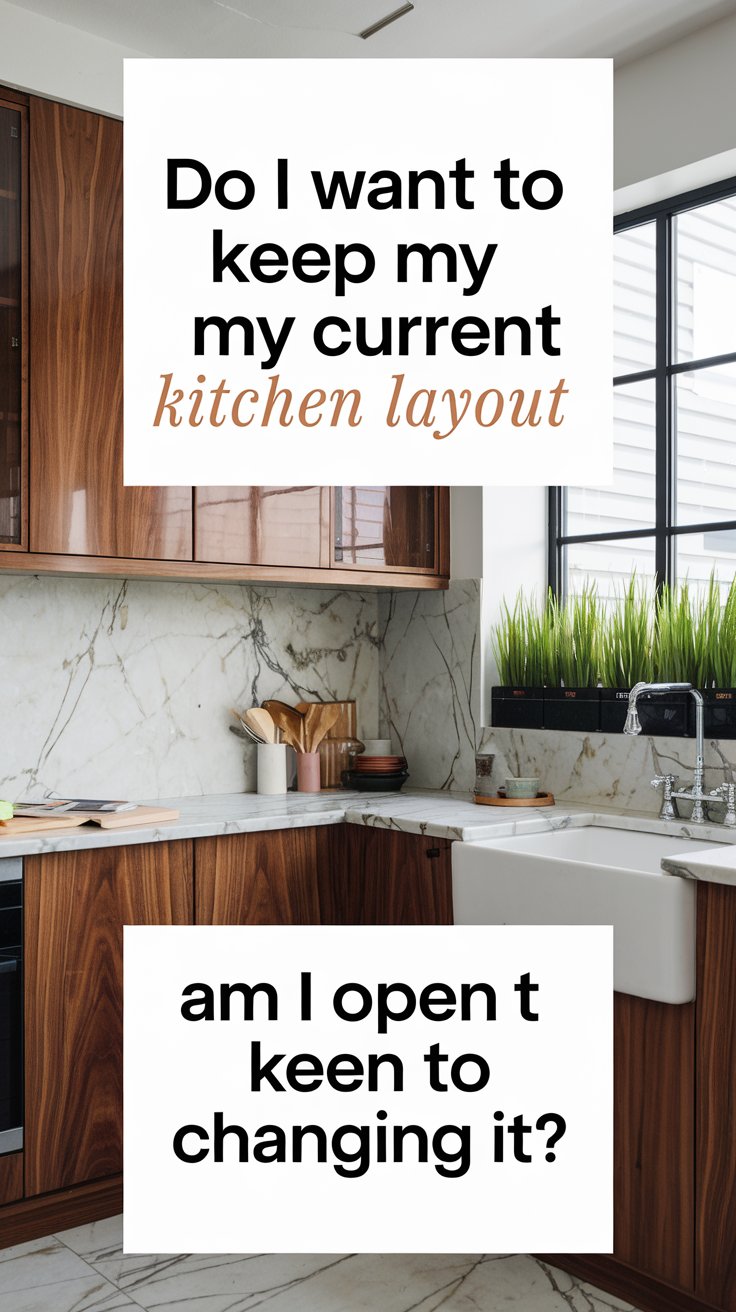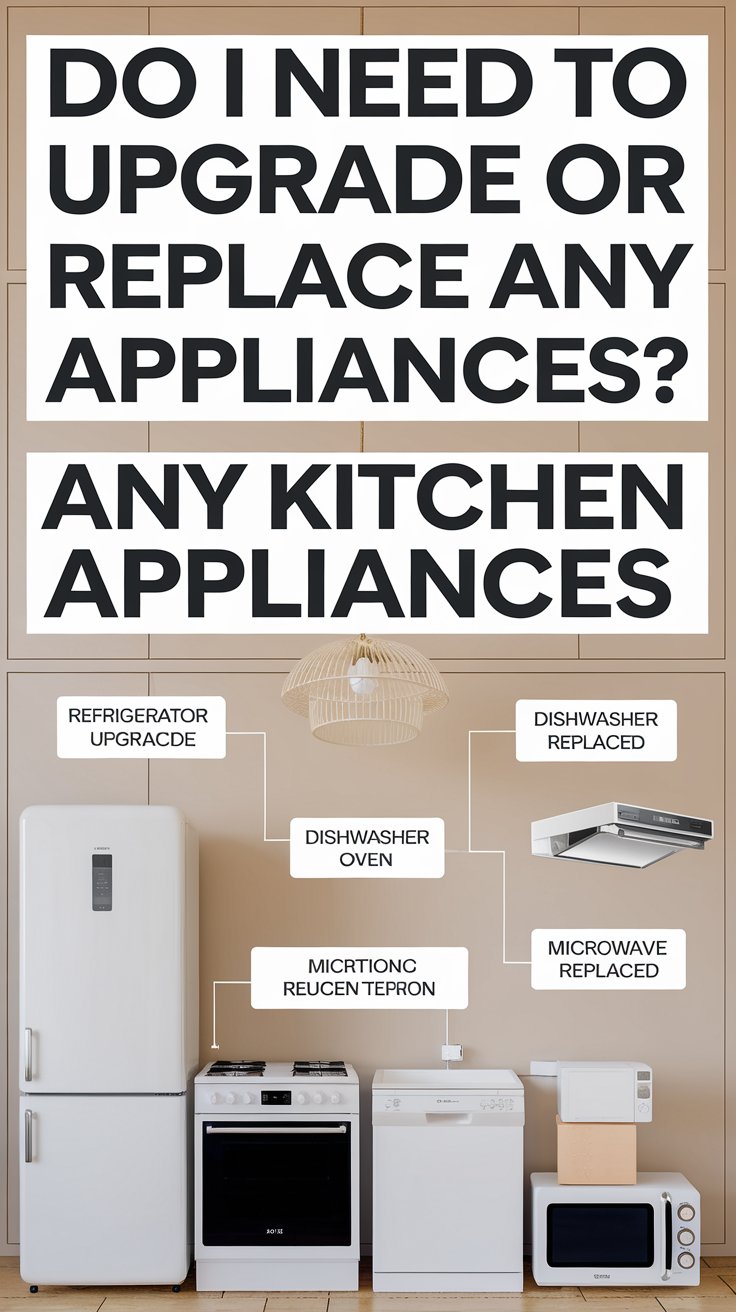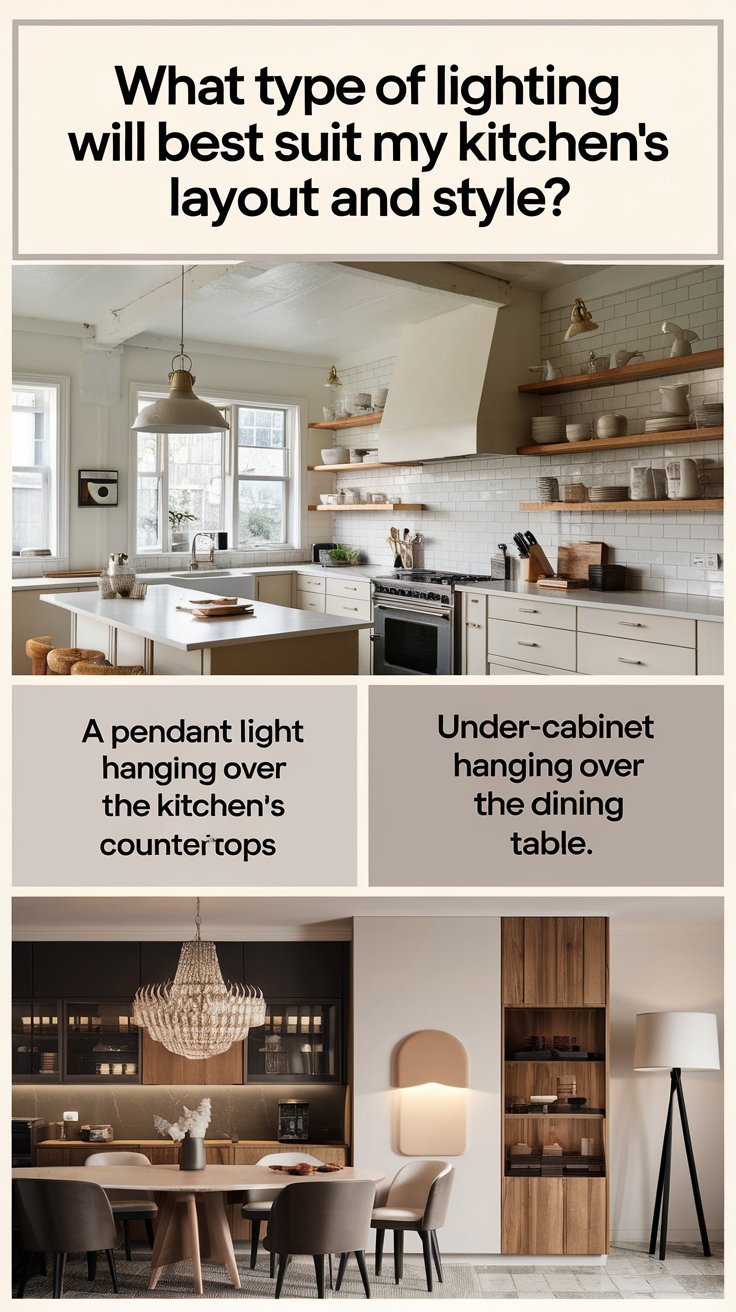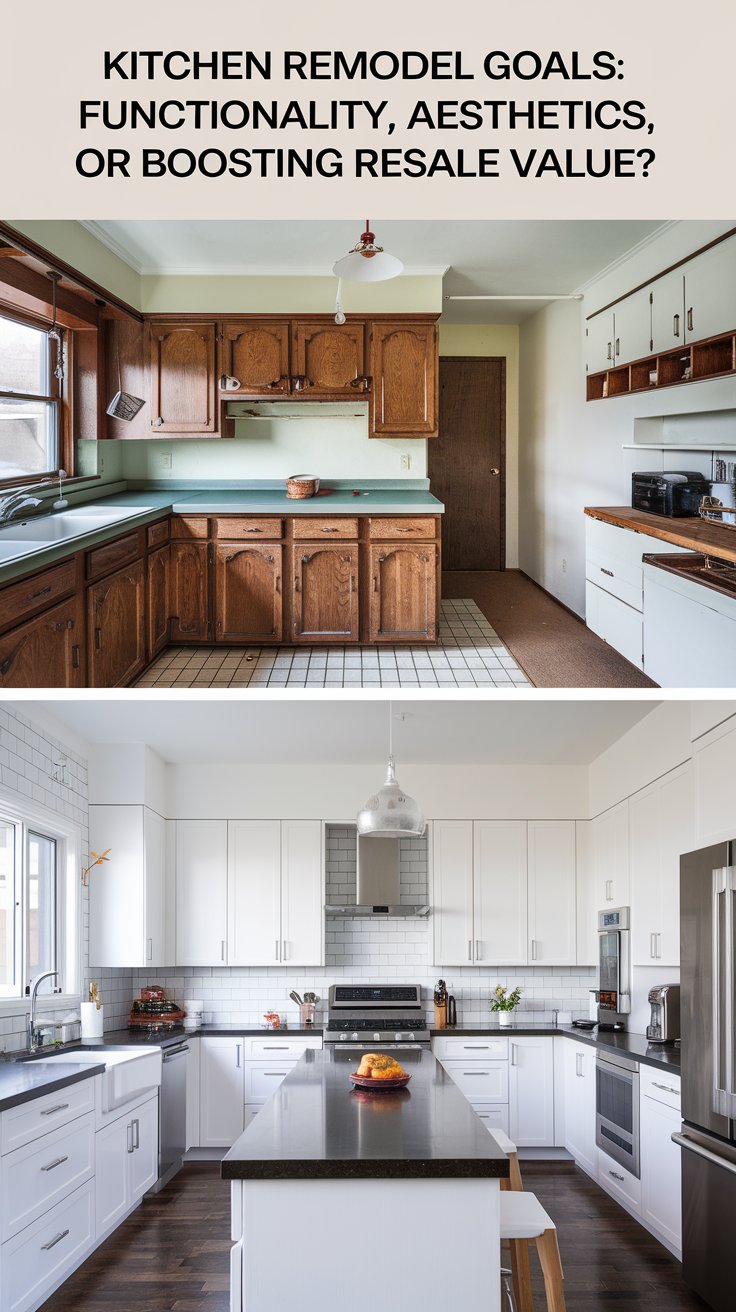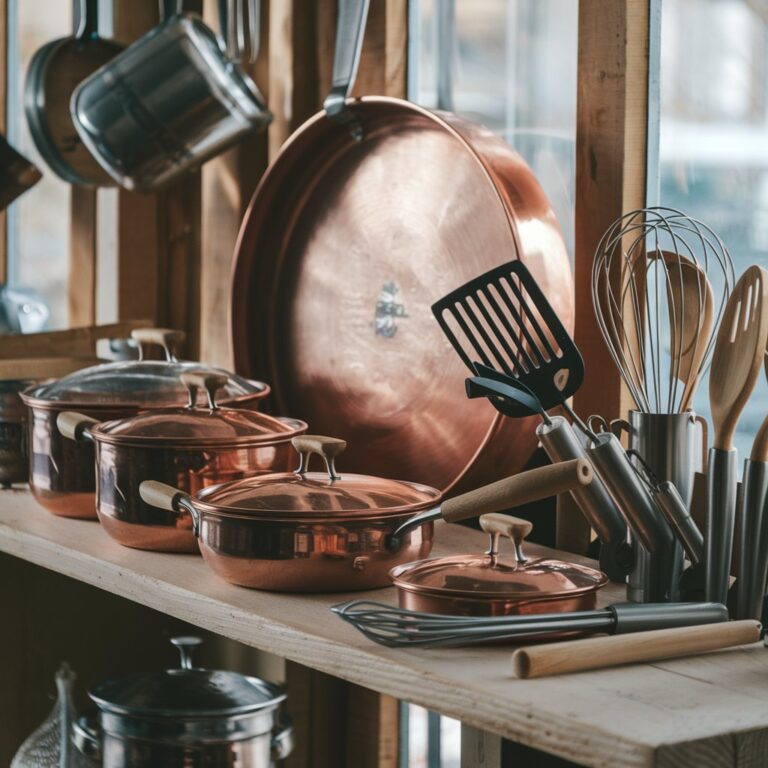Kitchen backsplash materials come in a variety of styles and finishes, each offering unique benefits in terms of durability, ease of maintenance, and aesthetic appeal. Here’s a comprehensive look at popular kitchen backsplash materials, along with recommendations based on different cooking styles, so you can find the perfect match for your kitchen.
1. Ceramic and Porcelain Tiles
Overview:
Ceramic and porcelain tiles are classic choices for kitchen backsplashes, known for their durability and water resistance. They’re available in a wide range of colors, patterns, and finishes, making them highly customizable to fit various kitchen aesthetics, from traditional to contemporary.
Pros:
- Highly water-resistant and durable
- Easy to clean and maintain
- Available in many styles, colors, and textures
- Budget-friendly options available
Cons:
- Grout lines may require regular cleaning to prevent staining
- Some high-end porcelain options can be pricey
Best for:
Ceramic and porcelain tiles work well for moderate to heavy cooks. If you often cook dishes with a lot of splatter, these tiles are ideal as they resist stains and are easy to wipe clean. Their heat resistance is also a bonus if you frequently use the stove.
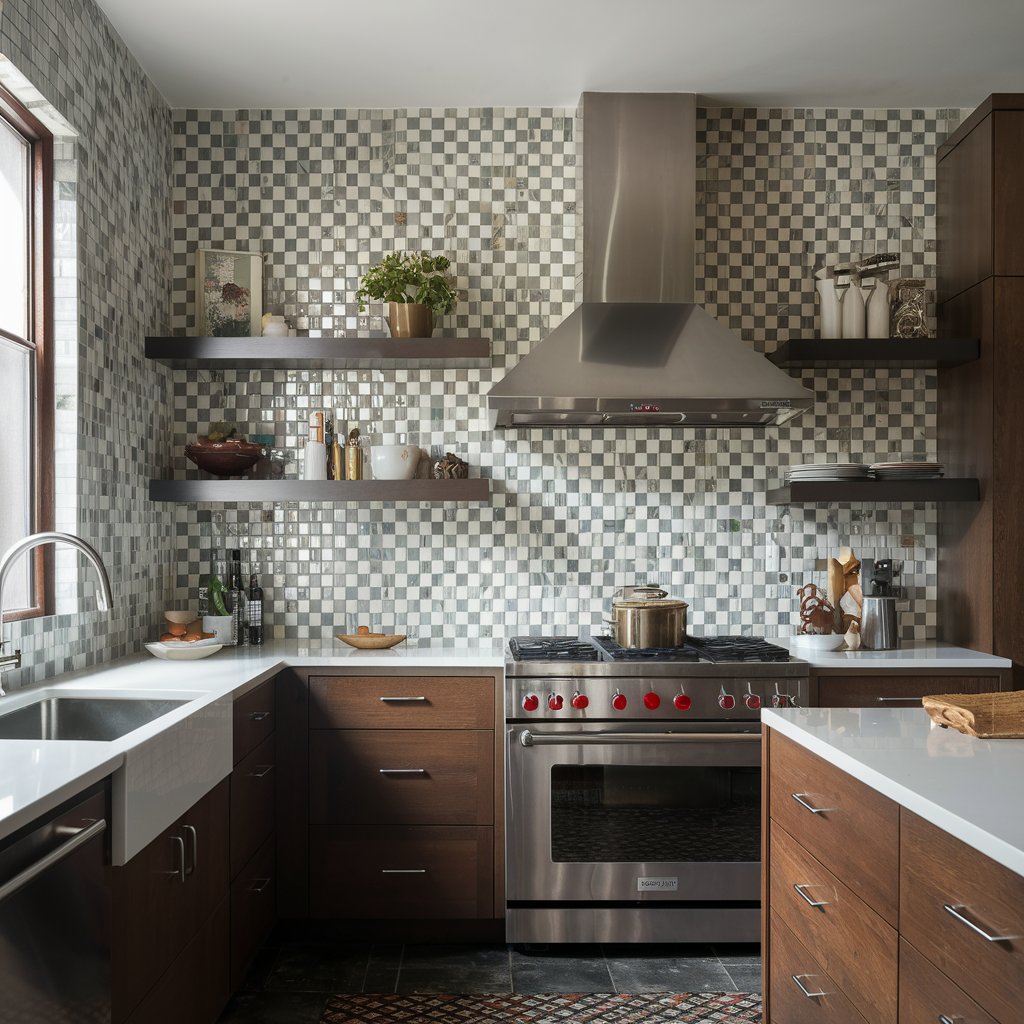
2. Glass Tiles
Overview:
Glass tiles add a modern, reflective quality to kitchens, enhancing light and providing a sleek look. Glass tiles come in various styles, including glossy, frosted, and patterned options. Many homeowners appreciate glass backsplashes for their stain resistance and ease of cleaning.
Pros:
- Stain-resistant and non-porous
- Adds depth and brightness to kitchens
- Wide range of colors and textures available
- Easy to clean with a simple wipe-down
Cons:
- More expensive than ceramic tiles
- Prone to scratches if not handled with care
Best for:
Glass tiles suit light to moderate cooks who want a low-maintenance yet stylish option. This material is perfect if you do light cooking and want to make your kitchen feel more open and airy.
3. Natural Stone (Marble, Granite, Slate, Travertine)
Overview:
Natural stone backsplashes offer a luxurious look and texture to the kitchen, making each piece unique. Marble, granite, slate, and travertine are the most popular choices, each bringing a distinct character to the backsplash. Natural stone can add value to your home, but it requires more maintenance to stay in good condition.
Pros:
- Adds natural beauty and warmth to kitchens
- Available in unique patterns and colors
- Highly durable with proper sealing
Cons:
- Prone to staining if not properly sealed
- More maintenance is required for cleaning and sealing
- Can be more expensive than other options
Best for:
Natural stone backsplashes are ideal for light cooks or those who prioritize aesthetics over frequent cooking. If you’re a light cooker or prefer steaming and baking to frying and grilling, stone backsplashes can bring elegance without as much concern for staining.
4. Stainless Steel
Overview:
Stainless steel backsplashes are commonly found in professional kitchens for their industrial, modern appeal and incredible durability. This material is non-porous, resistant to heat, and easy to clean, making it an excellent choice for those who cook frequently.
Pros:
- Resistant to heat and stains
- Easy to clean and maintain
- Ideal for high-use kitchens and professional settings
- Provides a modern, industrial look
Cons:
- Fingerprints and smudges show easily
- Limited color options, typically only available in silver
- Can be noisy if installed over a hard surface
Best for:
Stainless steel is the best choice for heavy cooks or those who frequently experiment with new recipes. If you love frying, grilling, or cooking multiple courses at once, stainless steel offers the durability and ease of cleaning needed for high-activity kitchens.
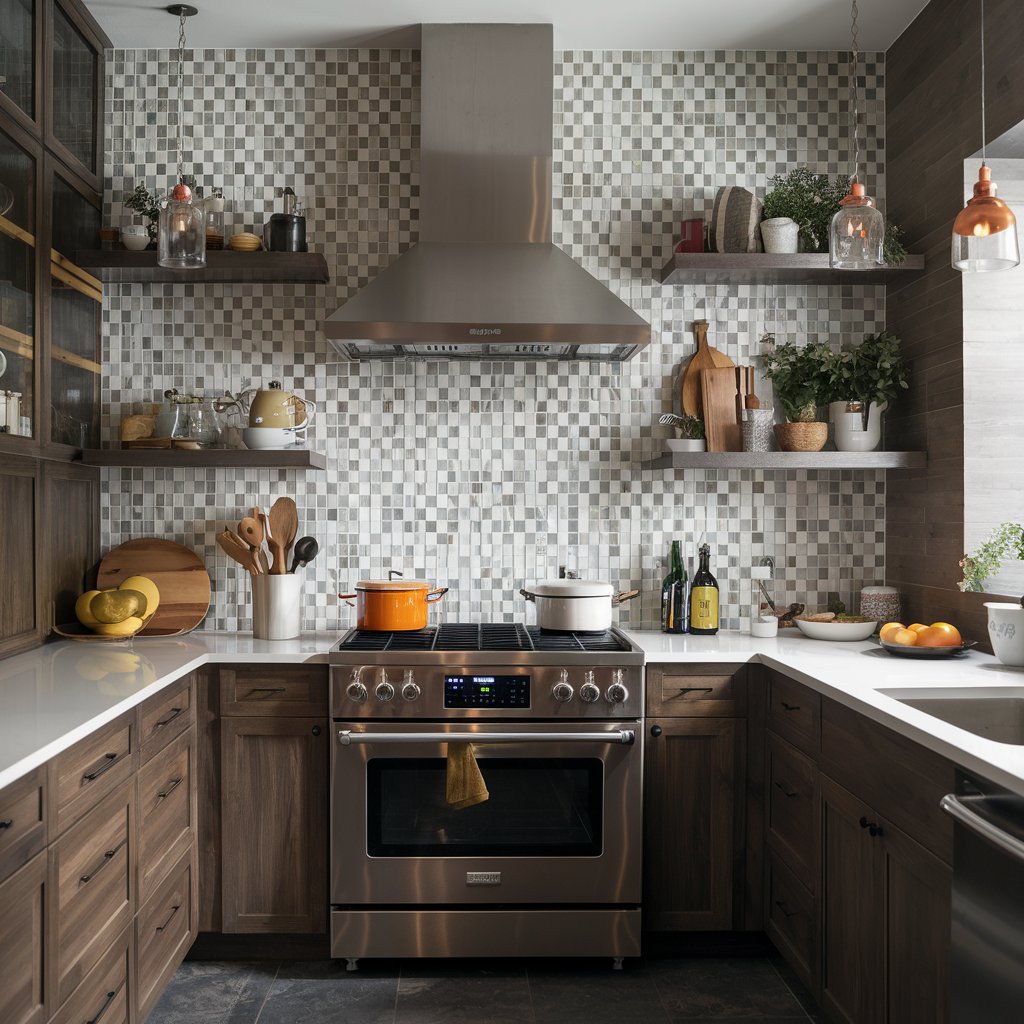
5. Subway Tiles
Overview:
Subway tiles, typically rectangular and arranged in a brick-like pattern, are a timeless choice that fits various kitchen designs. Traditionally made from ceramic, they’re now available in glass, stone, and even metal, offering versatility to match any kitchen theme.
Pros:
- Classic, versatile aesthetic
- Easy to clean and maintain
- Comes in a variety of materials beyond ceramic
- Can be budget-friendly, especially with ceramic options
Cons:
- Grout may require regular upkeep to prevent discoloration
- May feel too common for some looking for unique styles
Best for:
Subway tiles work well for moderate cooks who want a durable and stylish backsplash that can handle splashes and occasional stains. They’re versatile enough to suit almost any cooking style and aesthetic, from farmhouse to modern.
6. Peel-and-Stick Tiles
Overview:
Peel-and-stick tiles are an affordable and DIY-friendly option. Made from lightweight vinyl, glass, or metal, these tiles come with adhesive backing and are easy to install without the need for grout or mortar.
Pros:
- Quick and easy to install
- Ideal for renters or temporary kitchen updates
- Variety of styles, colors, and textures
- Cost-effective option
Cons:
- Less durable than traditional tiles
- Limited heat and water resistance
- Not ideal for high-splash zones
Best for:
Peel-and-stick tiles are perfect for light cooks or renters looking for an easy way to refresh their kitchens. If you rarely use the stove or cook with minimal splatter, peel-and-stick tiles offer a budget-friendly, stylish solution.
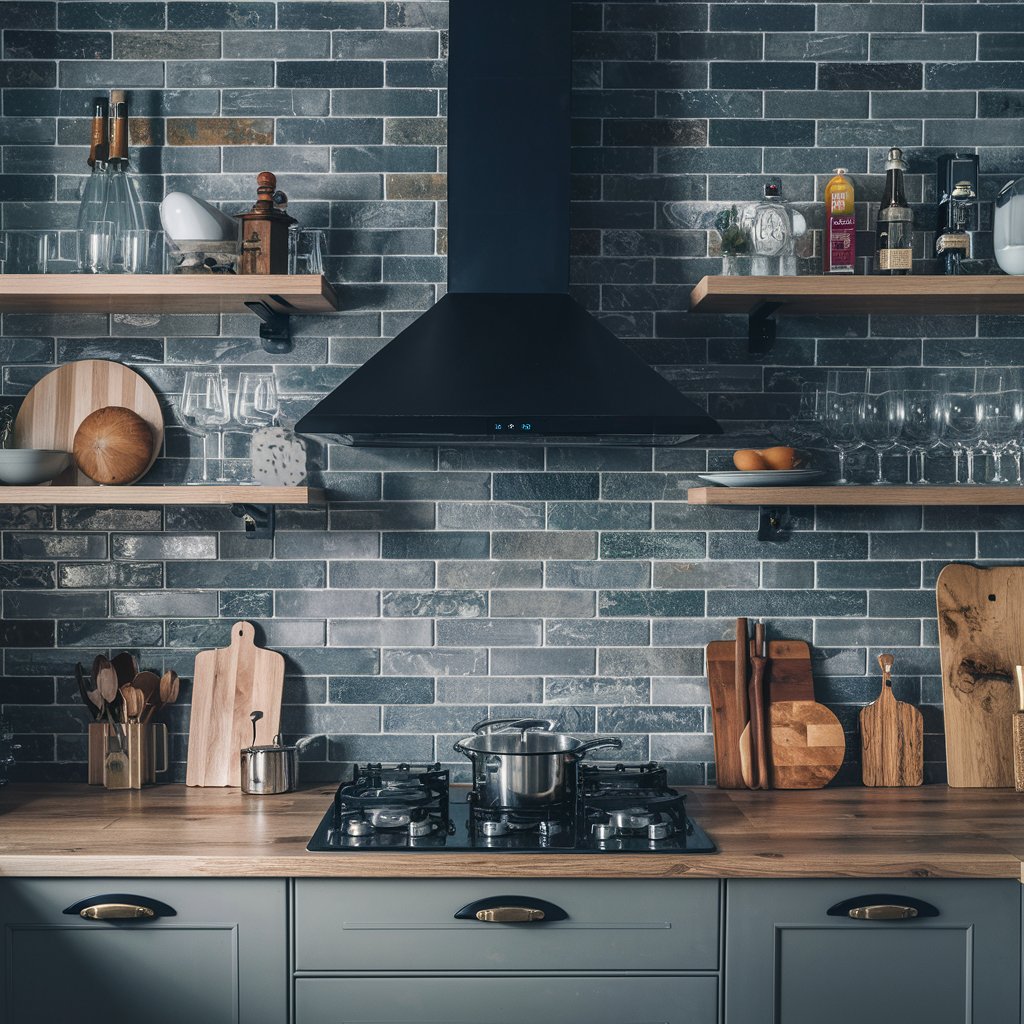
7. Mosaic Tiles
Overview:
Mosaic tiles, typically made from glass, ceramic, or stone, feature intricate patterns and colors, adding a dynamic look to the backsplash. These tiles come in sheets, making installation easier, though the small tiles and grout can require frequent cleaning.
Pros:
- Offers a custom, artistic aesthetic
- Available in a variety of materials, colors, and patterns
- Durable if sealed properly
Cons:
- Grout lines require frequent cleaning
- More time-intensive to install than larger tiles
- May be more expensive than other options
Best for:
Mosaic tiles are great for moderate to heavy cooks who prioritize kitchen aesthetics. If you enjoy cooking and don’t mind a little extra maintenance, mosaic tiles can add a personalized touch to your kitchen without sacrificing durability.
8. Concrete
Overview:
Concrete backsplashes have gained popularity in recent years for their industrial-chic look and exceptional durability. They can be customized to fit any color scheme or texture and can be sealed for added protection against moisture.
Pros:
- Durable and heat-resistant
- Customizable to fit any style
- Adds a unique, modern look to kitchens
Cons:
- Can be prone to cracking if not installed properly
- Requires sealing to prevent staining
- Expensive, particularly with customizations
Best for:
Concrete backsplashes are best for modern, heavy-use kitchens. If you’re an enthusiastic cook who loves a sleek, minimalist aesthetic, concrete offers the durability needed for frequent cooking activities.
9. Quartz and Engineered Stone
Overview:
Quartz backsplashes are crafted from engineered stone, combining quartz particles with resin. They are highly durable, non-porous, and resistant to stains, making them a practical choice for those seeking elegance with minimal upkeep.
Pros:
- Highly stain-resistant and durable
- Easy to clean with a seamless look
- Available in various colors and patterns
Cons:
- More expensive than other backsplash options
- Limited heat resistance compared to natural stone
Best for:
Quartz backsplashes work well for light to moderate cooks who want a high-end look with easy maintenance. They’re ideal for busy families or home chefs who enjoy cooking but want a low-maintenance, luxurious backdrop.
10. Wood and Butcher Block
Overview:
Wood backsplashes add warmth and rustic appeal, often seen in farmhouse or Scandinavian-style kitchens. Though not as common, they provide a unique aesthetic but require careful sealing to withstand kitchen moisture and splashes.
Pros:
- Adds warmth and a unique texture to the kitchen
- Works well with rustic, farmhouse, or Scandinavian designs
- Can be refinished if scratched or stained
Cons:
- Requires sealing and regular maintenance
- Not ideal for areas with high heat or moisture exposure
Best for:
Wood backsplashes are suitable for light cooks who value aesthetics over functionality. If you mainly use your kitchen for light cooking or entertaining, a wood backsplash adds a cozy charm without too much upkeep.
Choosing the Best Backsplash for Your Cooking Style
- For Light Cooks:
Consider peel-and-stick, glass, or wood backsplashes. These materials provide an elegant or cost-effective way to enhance your kitchen without requiring intensive maintenance. - For Moderate Cooks:
Look into ceramic, subway, or quartz backsplashes. These materials strike a balance between aesthetics, durability, and ease of maintenance. - For Heavy Cooks:
Stainless steel, concrete, or porcelain tile backsplashes are ideal for heavy cooking. They offer the strength and stain resistance needed for frequent use and cleaning. - For Aesthetic-Focused Chefs:
Natural stone, mosaic tiles, or wood backsplashes offer beauty and uniqueness, though they require extra maintenance. Perfect for cooks who love design and don’t mind a little upkeep.
Selecting the right backsplash for your cooking style involves balancing aesthetics with functionality. Whether you’re looking for easy maintenance or a stunning focal point, there’s a backsplash material to complement your needs and make your kitchen shine.

